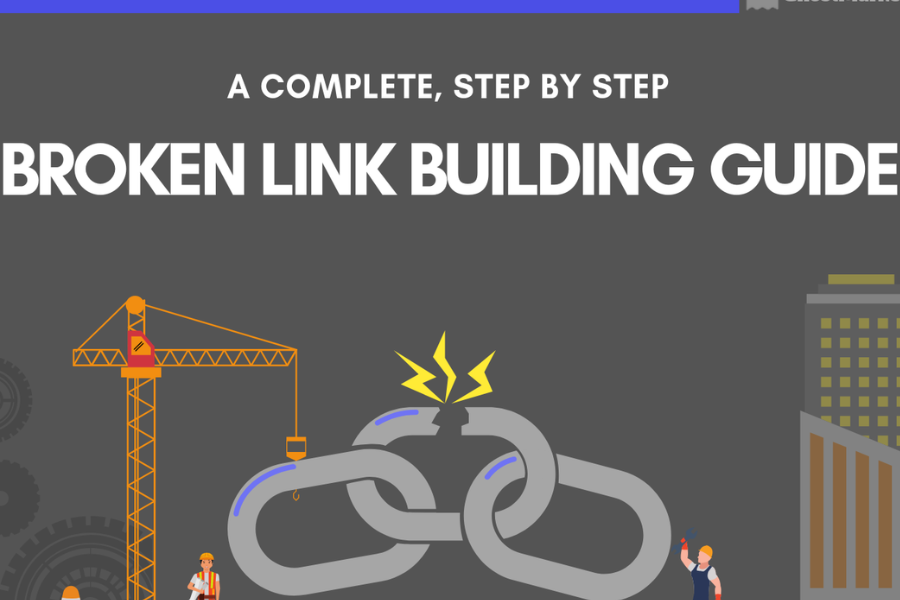Alt text: Student loan debts – the financial disease of the 21st century.
Source: https://pixabay.com/photos/debt-coins-euro-money-exchange-2754176/
Whether you’re just starting to plan your academic life, you’re deep into your junior year or you’ve graduated a few months ago, student debts are probably depriving you of some sleep. Needless to say you’re not alone on this issue – in the beginning of 2020, there were about 45 million Americans in debt through some kind of a student loan program (and the assumption is that the financial crisis caused by COVID-19 just made matters worse).
The reality in which young Americans start out their independent lives with the burden of a huge debt already on their shoulders is certainly troubling. Sadly, it doesn’t seem like policy makers are taking any serious measures to tackle the issue, and the problem will only grow worse this way. All that’s left for future, present and past students is to handle themselves financially in a manner that optimizes the way they pay these debts off.
The trouble is that most borrowers have never had to deal with such a situation before, and therefore do not have the background needed to handle debts successfully. The solution here is sufficient financial education at the early stages of life, but until that happens (hint: probably no time soon), here are some tips that may help anyone facing this kind of situation.
- Have a source of income
Paying off debts is nearly impossible for people who don’t add money to their bank account every month. A job would probably be the most obvious option here, but not everyone can handle employment and studying at the same time. The golden advice here is that even a part time job is better than no income at all. Having an income is the first step to planning the pace of loan repayment. Having a job also saves money passively, since the student has less free time and therefore less expenditures such as outings and cultural events.
However, there are other ways to secure an income. In today’s reality, it is not a shame to lean on family if they can afford to help out through these complicated years. A scholarship is always a good thing to have, and academic institutions across the country offer thousands of different types of scholarships – it would be a smart idea to check if there’s something you’re eligible for.
- Save money
The hardest part in being in debt is having to cut down on expenditures in order to make ends meet – and be left with spare cash. It takes a lot of personal strength to pass out on that ice cream after a hard day, that new cell phone you’ve been wanting for a while or even that beer with friends. However, as hard as it may seem at first, it actually does get easier over time to realize what you can afford at the moment (and, more importantly, what you cannot).
Nevertheless, this does not mean you’ve got to spend as close to zero as possible. The goal here is to save as much money as you can in order to pay back debts as fast as you can, but you must also remember to live and enjoy your life while doing it. Depending on your income, it is recommended that you allow yourself a few pleasures that are within your budget limits.
- Keep everything organized
At this point, it’s important to clarify something – student debts are a whole lot more than just the student loan taken in order to pay tuition. In the course of academic life, more financial burdens turn into debt such as rent, extracurricular courses, utility bills, and even sometimes loans taken in order to refinance previous ones. It is very easy to get disoriented as debts pile up.
Alt text: Keep all of those papers, you never know when you might need them.
Source: https://pixabay.com/photos/files-paper-office-paperwork-stack-1614223/
The solution here is simple – just to keep track. Never throw away bank statements or other papers that provide information on loan situations, interest rates and so on. Many also find it useful to have one organized chart with all of the relevant data. This may seem obvious, but you’d be surprised at how many small debts blow out of proportion just because they were unheeded for too long.
- Choose a debt payment tactic that’s suitable for you
Once debts start piling up and it gets more complicated to keep track, that’s when it becomes tricky. Different debts have different volumes, urgency levels, interest rates, etc. This is where different tactics of debt payment enter the picture, and with so many options out there, there’s probably one that fits you, your financial capacity and your lifestyle.
One of the most popular tactics today is called ‘the debt snowflake method’. Basically, this means paying back debts as often as possible – even when it’s done with little sums of money. Start out by listing all existing debts, from smallest to largest, and tackling the smallest ones first. In other words, every time you have saved up enough, pay off a debt (starting with the ones that are smallest) – even if it’s not the end of the month. This system obviously has its advantages and disadvantages, and you can learn more about how it works here.
Conclusion
Having said all of that, the bleak conclusion reached is that millions of young Americans start off their professional lives with huge debts. This situation can be avoided with the right kind of policy and legislation, but sadly the people with the power are those who benefit from it staying this way. Since banks and financial institutions tend to have close ties with politicians, there’s no reason to believe that the average Joe’s interest will be taken into account anytime soon.
It is within this financial playground that students need to learn how to play. With a solid income, control over expenditures, track over different kinds of debts and the right payment tactic, it is much easier to maneuver through these economic waters.














Leave a Reply